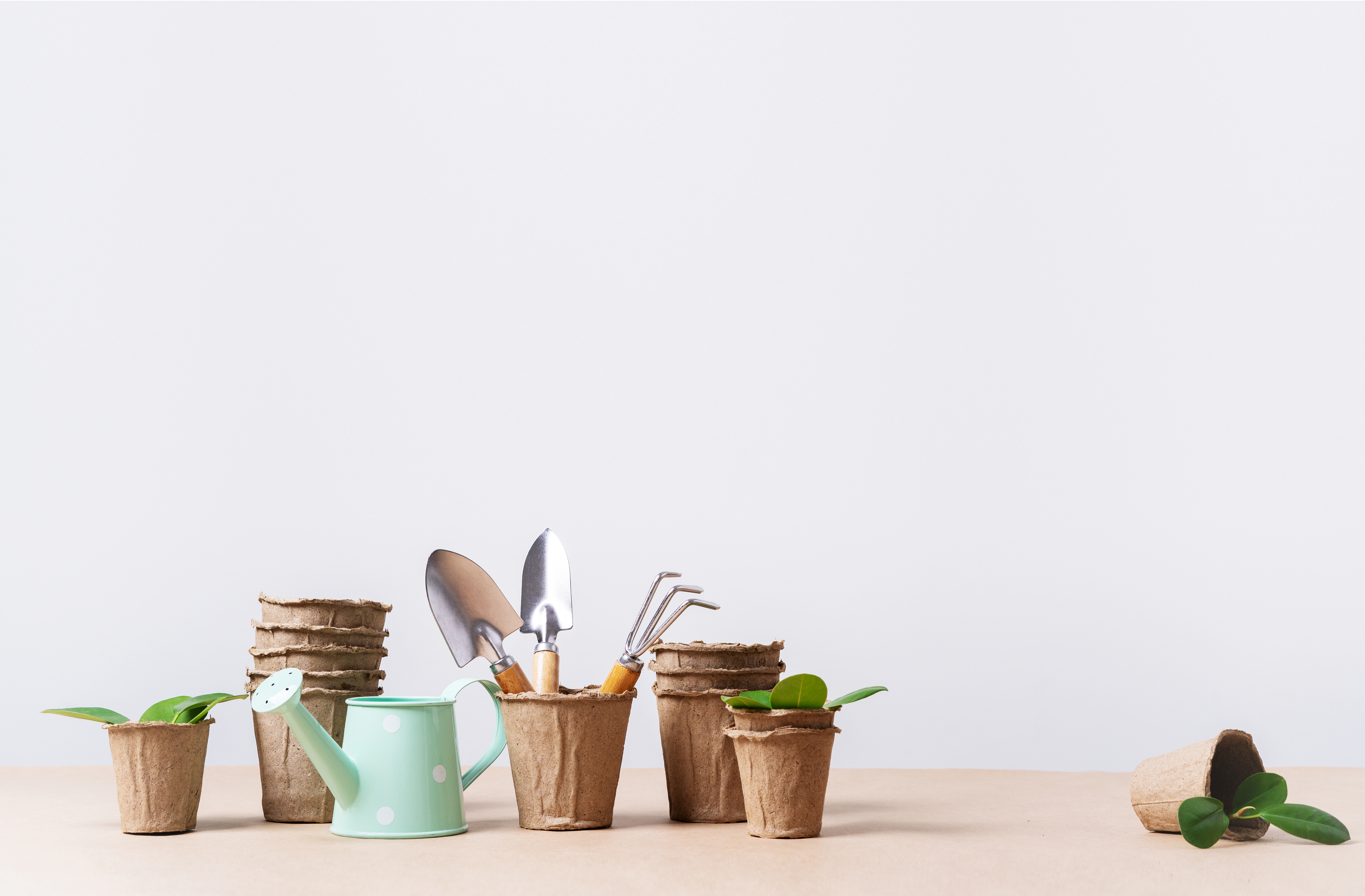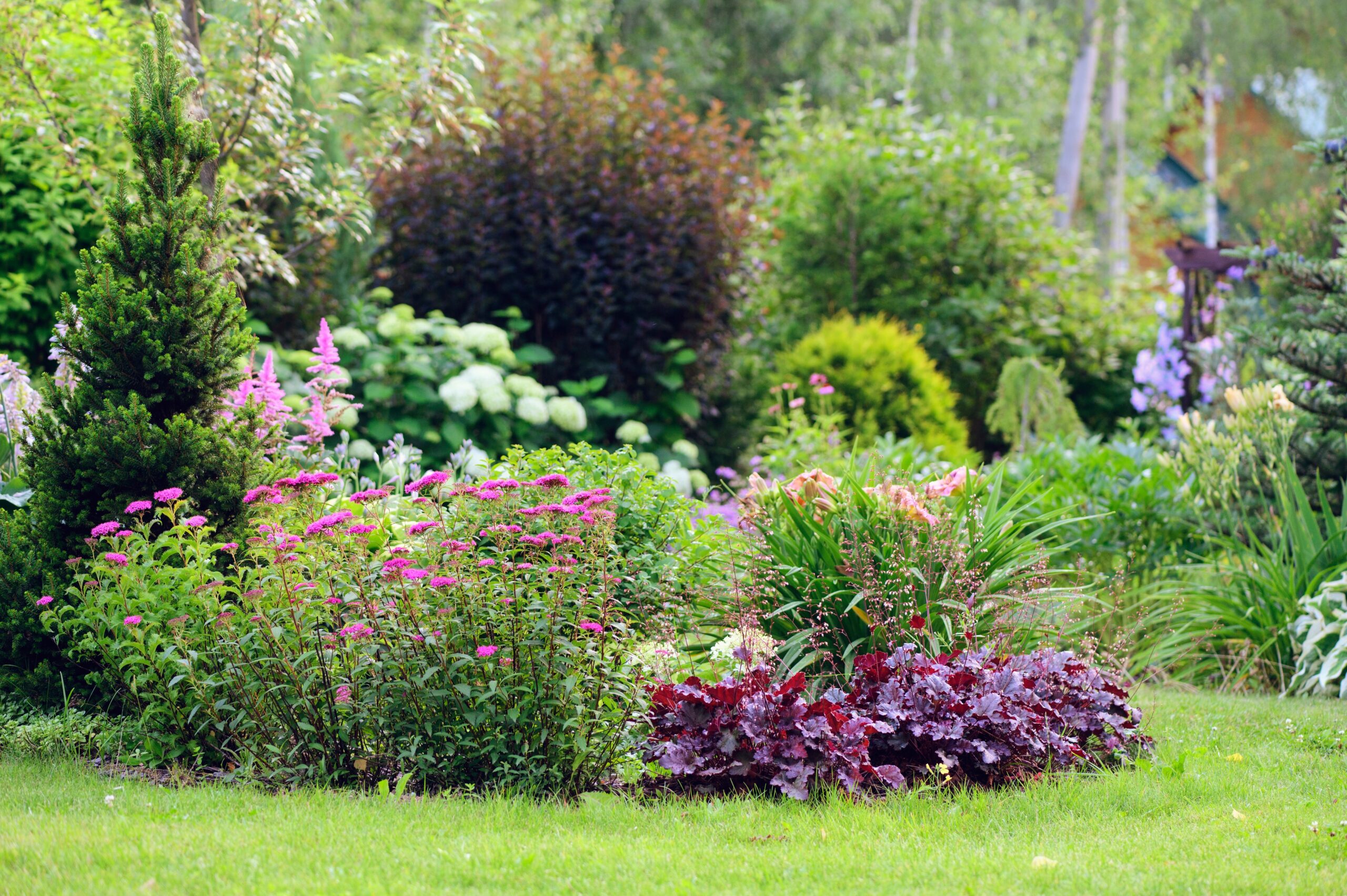by Kara D. Hill
Plastic has been a controversial topic of discussion for decades. Experts have opined on its efficacy, safety, health benefits and risks and the overall toll plastic takes on the environment. In 2016, the Ecology Center from Ann Arbor, Mich., produced a garden hose study wherein 32 garden hoses from top retailers were tested for toxicity. Twenty-four hoses were composed primarily of PVC (vinyl), five were polyurethane, one was rubber and two were composed of polymers. Only 10 of the garden hoses were labeled drinking water safe. The study revealed that PVC hoses frequently contained elevated levels of lead, bromine, antimony and phthalates, all of which can be toxic to the human body.
Research shows that these toxins can leach from the plastic into the water as it sits in the hose. Bromine is extremely toxic to the human body. In liquid form, bromine is corrosive to human tissue; in vapor form, it is irritable to the eyes and throat. Antimony, in certain forms, can be carcinogenic to the body. Phthalates, which are generally used to soften plastic and are typically found in most PVC plastic, can be hazardous to the liver, kidneys, lungs and reproductive organs. Additionally, PVC hoses are much more likely to contain flame retardants, heavy metals and phthalates than other plastic hoses. Since it is unclear how much of these chemicals can leach into the water supply from the hose or various other plastic gardening products, it would be wise to eliminate as much plastic from your garden as possible.
Below are five easy ways to eliminate plastic from your garden to promote a happier, healthier and safer garden experience.
Make your own biodegradable pots from newspaper
» Recycled newspaper can be used to create biodegradable planting pods or starter pods for seedlings. Sheets of newspaper can be folded into cylindrical pots that will stay intact without the need of staples, glue or tape. After time, the newspaper will degrade in the soil and the roots of the plants can naturally expand and establish in the surrounding soil, eliminating the need for plastic seeding or starter pots.
Use leftover cardboard as a weed suppressant
» Traditional weed suppressant is typically composed of a thick layer of plastic that is placed beneath the soil to suppress any weed growth. In an attempt to eliminate the plastic consumption, old cardboard can be swapped for the traditional plastic. Sheets of cardboard can be laid beneath the soil to create a barrier and prevent weeds from growing through the topsoil. Be sure to overlap the cardboard a couple of inches on each side to prevent weeds growing between the sheets of cardboard.
Make your own garden and vegetable labels
» A quick, easy and fun way to eliminate plastic in your garden is to swap out traditional plastic vegetable and plant markers with handmade labels. Popsicle sticks can be decorated with permanent markers or painted with chalk paint and marked with basic white chalk.
Swap out your hose for a tin watering can
» As mentioned above, garden hoses can contain a slew of hazardous and toxic chemicals. If your garden is relatively small, consider swapping your garden hose for a tin watering can. If you have a larger area to water, consider purchasing a BPA free, drinking water safe hose.
» Another fun and easy way to eliminate plastic from your garden is to purchase terracotta planter pots or gather second-hand ceramic pots from thrift stores or yard sales. Terracotta can be painted, decorated with burlap and twine or left natural for a more rustic appearance.








Leave A Comment